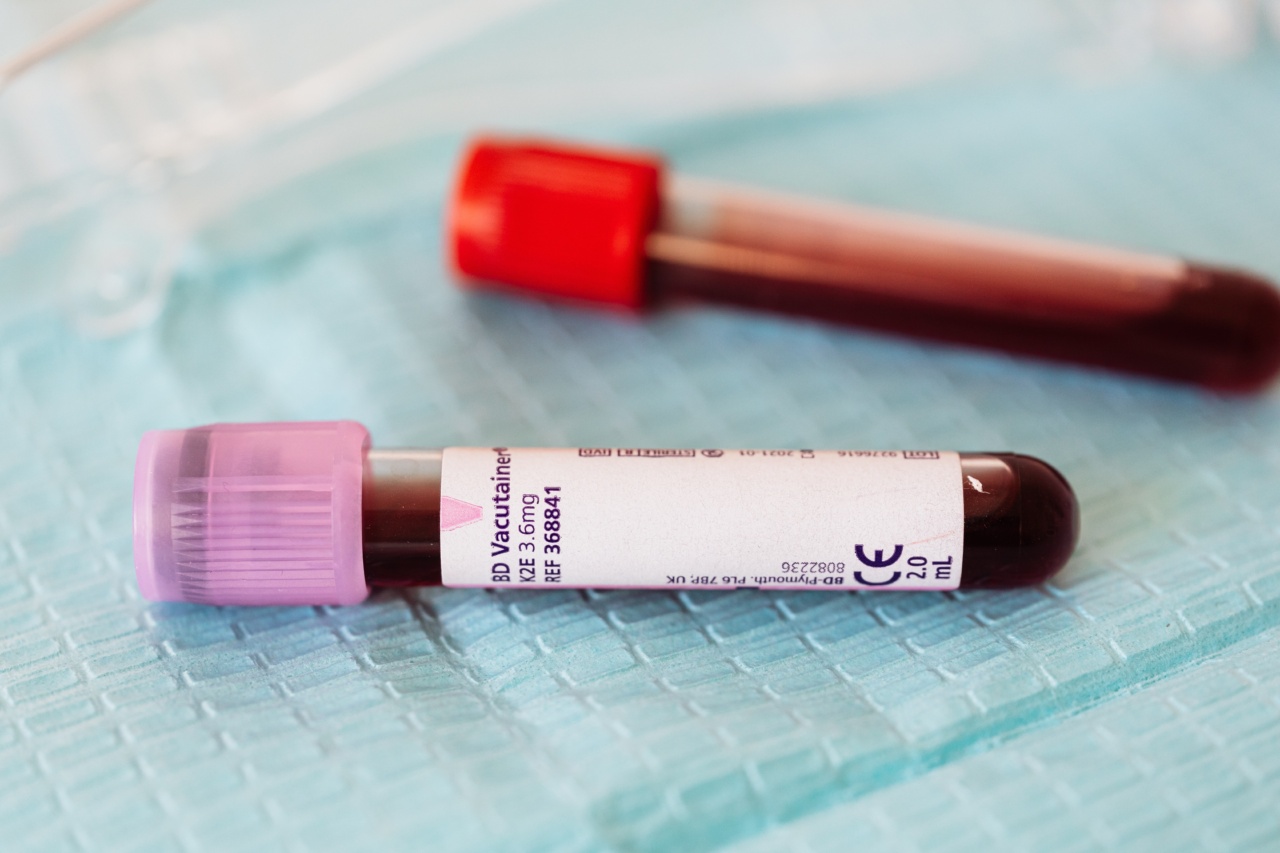Melanoma is a form of skin cancer that develops in the melanocytes, which are cells that produce melanin. Melanin is the pigment responsible for giving color to our hair, skin, and eyes.
Melanoma is a dangerous form of skin cancer because it can spread to other parts of the body quickly and lead to serious health problems. Early detection of melanoma is crucial in treating the disease and increasing the chances of survival.
Current Methods of Detecting Melanoma
The current methods of detecting melanoma include skin exams, biopsies, and dermatoscopy. Skin exams involve a visual inspection of the skin to check for any abnormal moles or lesions.
Biopsies involve removing a sample of suspicious skin tissue and sending it to a lab for testing. Dermatoscopy uses a special magnifying instrument to examine the skin more closely and identify any abnormalities.
While these methods are effective in detecting melanoma, they are not foolproof. Skin exams can miss small or early-stage melanomas, and biopsies can be invasive and painful.
Dermatoscopy requires a trained professional to interpret the results accurately.
The Revolutionary Blood Test
A revolutionary blood test has been developed that can detect melanoma early and accurately. The blood test is called the Melaseq™ test and is based on a technology called liquid biopsy.
The liquid biopsy involves taking a small sample of blood from the patient and analyzing it for the presence of cancer cells or DNA.
The Melaseq™ test specifically targets melanoma by detecting mutations in the DNA of melanoma cells. The test is highly sensitive and can detect melanoma at its earliest stages, when it is most treatable.
Advantages of the Melaseq™ Test
The Melaseq™ test has several advantages over traditional methods of detecting melanoma:.
- The test is non-invasive and painless, unlike biopsies.
- The test is highly accurate and can detect melanoma at its earliest stages.
- The test can be performed relatively quickly and does not require a trained professional to interpret the results.
- The test is less expensive than traditional methods of detecting melanoma.
How the Melaseq™ Test Works
The Melaseq™ test works by analyzing the DNA in the patient’s blood for genetic mutations that are associated with melanoma. The test specifically looks for mutations in the BRAF and NRAS genes, which are commonly mutated in melanoma cells.
If the test detects mutations in these genes, it is an indication that the patient may have early-stage melanoma. The patient can then be referred for further testing, such as a biopsy or dermatoscopy, to confirm the diagnosis.
Limitations of the Melaseq™ Test
While the Melaseq™ test is a significant advance in the early detection of melanoma, it does have some limitations:.
- The test is not 100% accurate and can produce false positives or false negatives.
- The test is not a substitute for regular skin exams, which are still necessary for detecting other types of skin cancer and non-cancerous skin conditions.
- The test is not widely available yet and may not be covered by insurance.
Conclusion
The Melaseq™ test is a revolutionary blood test that can detect melanoma early and accurately. The test has several advantages over traditional methods of detecting melanoma, including being non-invasive, highly accurate, and less expensive.
While the test does have some limitations, it is a significant advance in the early detection of melanoma and has the potential to save many lives.





























